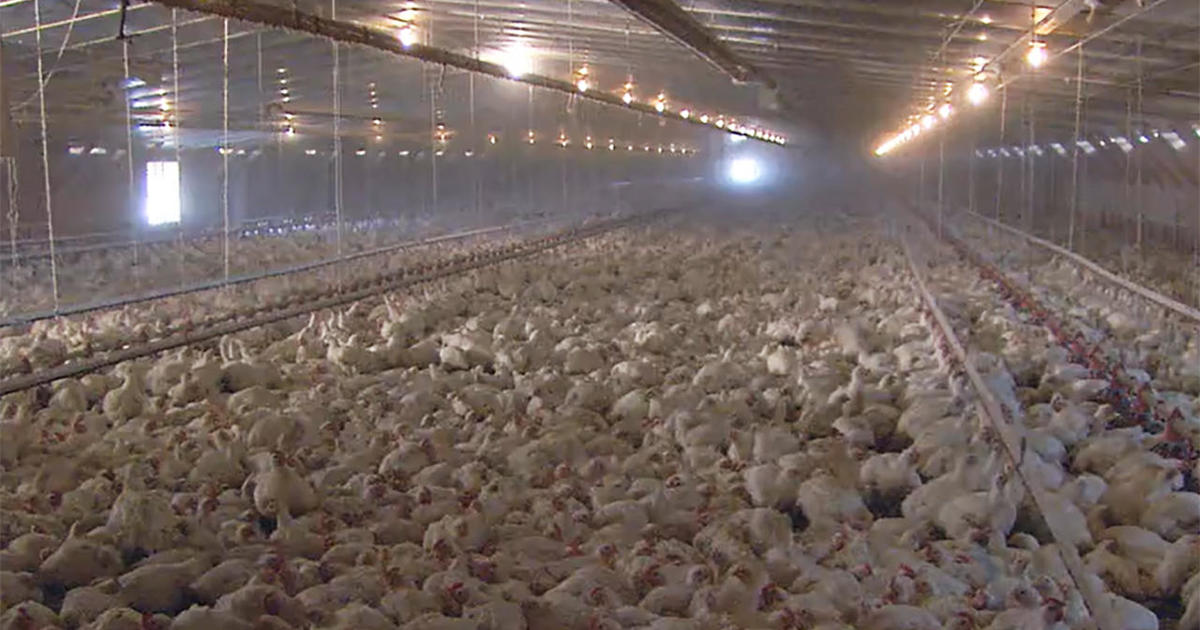Unraveling the Impact: How Bird Flu is Reshaping the Poultry Industry
The recent surge in bird flu cases is not just a health crisis for poultry but a complex challenge reshaping the entire industry. From farmers to consumers, the repercussions are far-reaching and demand urgent attention. As we dive into the nuances of this issue, we will explore the multifaceted impact of bird flu on the poultry industry, examining economic, health, and societal dimensions.
Understanding Bird Flu: A Primer
Bird flu, or avian influenza, is caused by viruses that primarily affect birds but can also infect humans and other animals. The most concerning strain, H5N1, has been linked to outbreaks that result in high mortality rates among infected birds and poses a potential risk to human health. The World Organization for Animal Health (OIE) warns that the virus can spread rapidly, especially in densely populated poultry farms, leading to significant losses.
The Economic Toll on Poultry Farmers
One of the most immediate impacts of bird flu is seen in the poultry farming sector. Farmers face devastating financial consequences due to the need for culling infected flocks, which can number in the thousands. The following points highlight the economic challenges:
- Culling and Losses: Farmers are often forced to cull entire flocks to contain outbreaks, resulting in substantial financial losses. The cost of lost livestock and the subsequent need to restock can cripple many operations.
- Market Prices: Increased mortality rates lead to reduced supply, which might raise prices temporarily. However, if the outbreak continues, consumers may turn to alternatives, leading to a long-term decline in demand for poultry products.
- Insurance and Support: While some farmers may have insurance, coverage can be limited, leaving many without adequate financial support during crises.
Consumer Confidence and Market Dynamics
As bird flu cases rise, consumer perceptions of poultry products can shift dramatically. The fear of infection and health risks can deter consumers from purchasing poultry, regardless of the safety measures in place. Consider the following:
- Health Concerns: Consumers often associate bird flu outbreaks with potential health risks, leading to decreased consumption of poultry products.
- Alternative Proteins: As consumers become more health-conscious, some may choose to replace poultry with alternative proteins, impacting long-term demand for chicken and turkey.
- Marketing Strategies: Poultry producers must invest in marketing to reassure consumers about product safety, which may require significant resources.
Shifts in Regulatory Frameworks
The rise in bird flu cases has prompted governments worldwide to reassess their regulatory frameworks regarding poultry health and safety. This includes:
- Stricter Biosecurity Measures: Governments may enforce stricter biosecurity protocols on farms to prevent the spread of the virus. This could include limiting the movement of birds, enhancing sanitation practices, and implementing surveillance programs.
- Vaccination Policies: Some countries are exploring vaccination as a preventive measure. While vaccines can mitigate outbreaks, they also raise questions about their efficacy and the potential for vaccine-resistant strains.
- International Trade Regulations: Bird flu outbreaks can lead to trade restrictions, impacting the global poultry market. Countries may impose bans on imports from affected regions, further complicating the economic landscape.
The Role of Technology and Innovation
In response to these challenges, the poultry industry is turning to technology and innovation. Here are some promising developments:
- Advanced Surveillance Systems: Utilizing AI and data analytics, farms can implement real-time monitoring systems to detect early signs of illness in flocks.
- Genetic Research: Breeding programs focused on disease resistance can help develop hardier poultry strains that are less susceptible to avian influenza.
- Biosecurity Technology: Innovations such as automated sanitation systems and improved housing designs can help minimize contact between domestic and wild birds, reducing transmission risks.
Social and Community Implications
Beyond the economic and regulatory impacts, bird flu outbreaks have social implications that affect rural communities where poultry farming is a primary source of livelihood. Key points include:
- Job Losses: As farms close or scale back operations, local jobs are at risk. This can lead to wider economic downturns in rural areas heavily reliant on poultry farming.
- Community Support Systems: Farmers may need to rely on community support and cooperative efforts to navigate these tough times, fostering resilience and solidarity among affected populations.
- Public Awareness Campaigns: Educating the community about bird flu, its transmission, and safety measures can help alleviate fears and promote responsible consumption.
The Path Forward: Resilience and Adaptation
While the challenges posed by bird flu are significant, there is a path forward. The poultry industry can adapt and innovate to ensure its survival and continued relevance in the food market. This includes:
- Collaboration: Farmers, government agencies, and researchers must work together to develop comprehensive strategies to combat bird flu, sharing knowledge and resources.
- Sustainable Practices: Emphasizing sustainable farming practices can help bolster the industry’s resilience against future outbreaks, ensuring long-term viability.
- Consumer Engagement: Engaging consumers through transparency and education can rebuild trust and encourage the consumption of poultry products.
Conclusion
The impact of bird flu on the poultry industry is profound and multifaceted, affecting economic stability, consumer behavior, and community dynamics. However, through innovation, collaboration, and a commitment to sustainability, the industry can navigate these turbulent times. Addressing the challenges head-on not only protects the livelihoods of farmers but also secures the future of poultry as a vital source of nutrition for consumers worldwide. As we move forward, it’s imperative to remain vigilant, adaptable, and proactive in the face of this ongoing crisis.
See more CCTV News Daily



